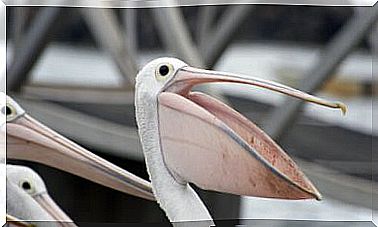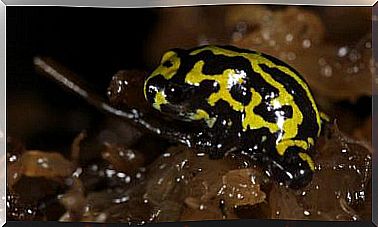The 6 Greatest Animals In History
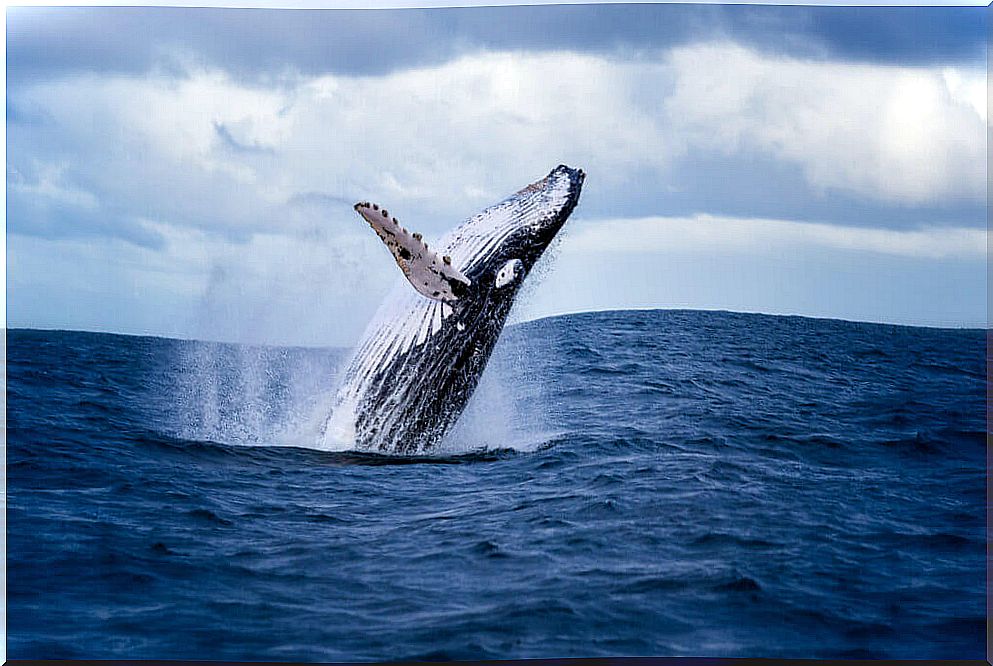
Throughout evolution, there seems to have been a tendency for animals to grow until they reach gigantic sizes. Today, although magnificently enormous beings still exist, the trend is the opposite. Only the fossil record shows how the greatest animals in history have ever stepped on the same ground on which we find ourselves.
However, although many of the animals that make up this list are now extinct, certain really large species still populate the planet. In fact, the biggest animal that ever lived still lives in the depths. Be sure to check out below how they are – or were – the biggest animals in the world.
1. The blue whale
While it’s common to think of dinosaurs as those gigantic animals that at some point in history disappeared, they weren’t the biggest animals. In fact, it is a marine mammal that holds that title.
The Blue Whale ( Balaenoptera musculus ), currently in danger of extinction due to fishing, is the largest animal that ever lived. It measures about 30 meters in length and can weigh up to 150 tons.
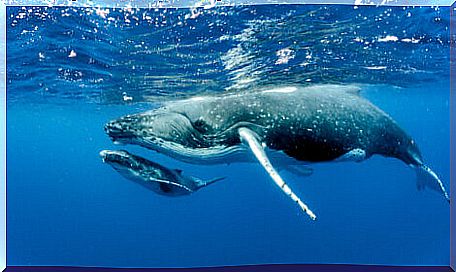
2. Amphicoelias fragilimus, the largest dinosaur
After the blue whale, which lives to this day, and its dizzying size, the largest animal believed to have existed is the mega-sauropod. Amphicoelias fragilimus . The first time this reptile was recorded was in 1878 , when a 1.5 meter high vertebra was unearthed.
According to this discovery — which disappeared at some point in history — this animal could measure about 58 meters in length, from head to tip of tail. Your body mass may have exceeded 120 tons. It is believed that his large size was an adaptation to favor digestion, through bacterial fermentation of the large amounts of vegetables he consumed.
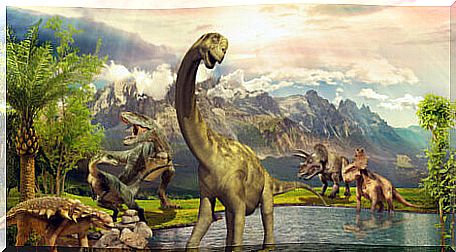
3. Megalodon, one of the largest aquatic animals
the extinct shark Carcharocles megalodon it may be one of the greatest animals that ever lived. Due to the size and morphology of its jaw, it is believed that this fish could measure about 18 meters in length.
On the other hand, due to the almost global distribution of its fossil record, this animal must have been an umbrella species. This means that it was a super predator that was not under pressure from other predators that moved freely through the environment.
The role of these animals in the ecosystem was fundamental for the proper functioning and regulation of the food chain. For this reason, the disappearance of megalodon must have been a major disaster for the communities where the specimens lived.
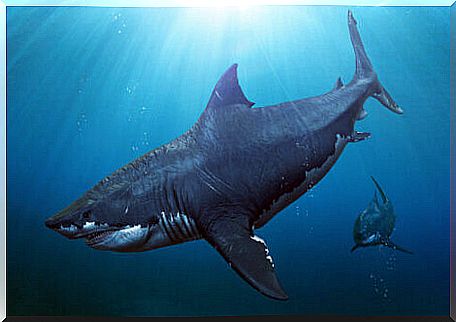
4. The biggest flying insect
The entomofauna (the fauna consisting of insects) of the early Permian must have been very diverse, as many fossils of large insects from this period have been found. Among them is the fossil of the species Permian Meganeuropsis .
This insect of the superorder Odonatoptera lived on planet Earth when it was covered by a large number of arboreal ferns and the climate was quite hot. Permian Meganeuropsis it had a wingspan of 71 centimeters and a length of almost 43 centimeters.
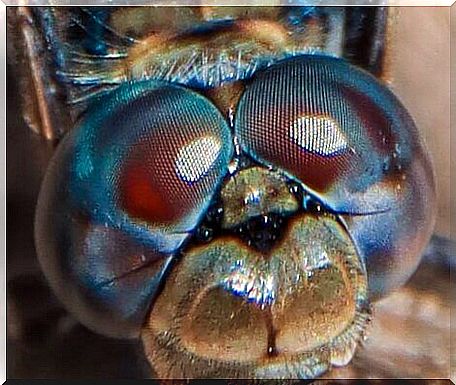
5. Gigantopithecus blacki
Another of the greatest animals in history is a distant relative of the orangutan and, therefore, of human beings as well. Gigantopithecus blacki it was the largest monkey ever recorded, reaching between 3 and 4 meters in height and weighing about half a ton, on a bamboo-based diet. He lived in China and Vietnam during the Pleistocene.
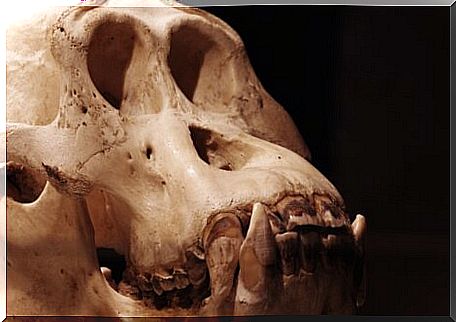
6. Argentavis magnificens, one of the biggest flying animals
About 6 million years ago, during the late Miocene, there was the largest flying bird that ever tore through the skies. we are talking about the species Argentavis magnificens, a bird with more than 70 kilos of body mass and wingspan of about 7 meters.
Probably, this bird could not flap its wings or take flight with its own muscular strength. Like vultures and condors today, Argentavis magnificens had to use the force of the atmosphere to fly. Therefore, it is supposed that this species took advantage of the thermal currents of the Argentine pampas, as well as precipices and cliffs, to take flight.
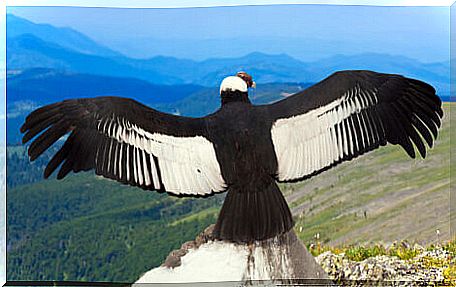
Of course, today there are many other large animals, such as the African elephant, the giraffe or the manta rays. In any case, the truth is that the population trend of the vast majority of species is to decrease body size. Of nearly all of these giants, only fossil evidence and scientific speculation remain.



